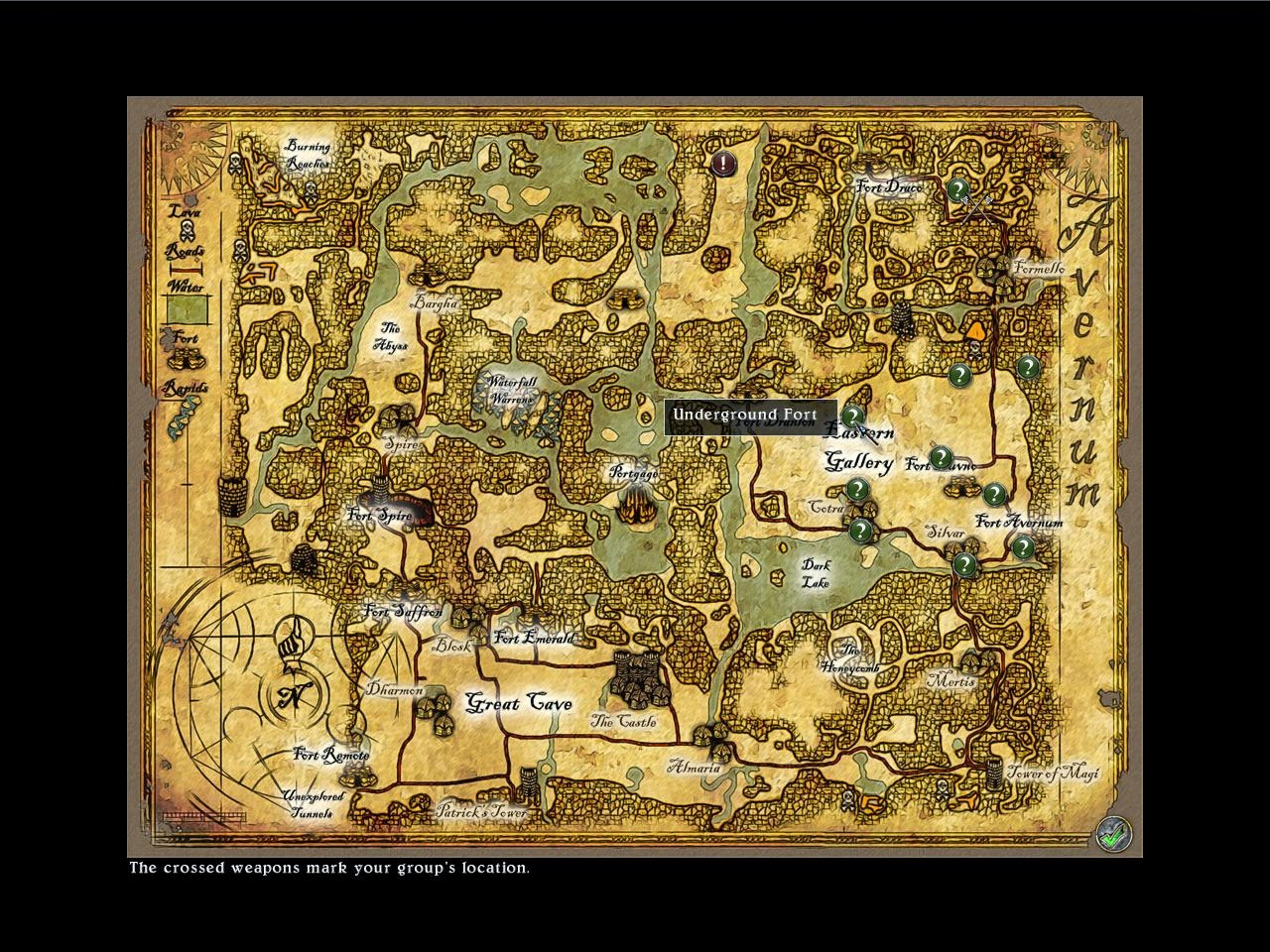New weapons- wow! A metric shit-ton of hats- can't say I didn't see that one coming! A new game mode- Mannpower beta!
The main feature of the new game mode are the permanent powerups that players can find and utilize throughout the maps. From the TF2 blog, here they are:
- Strength: Double damage for all weapons. Distance damage fall-off immunity.
- Resistance: Reduces incoming damage by 50%. Immune to critical hit damage multiplier.
- Vampire: All damage dealt is returned as health. 25% damage resistance. Max health increased by 40%.
- Warlock: 50% of damage received is reflected back to the attacker (reflected damage cannot directly cause death). Max health increased by 50%.
- Haste: Double weapon firing and reload rate. Double clip size and max ammo count. Movement speed increased by 30%.
- Regeneration: Ammo, health and metal regenerate. Rate of health regeneration inversely proportional to max health.
- Precision: Greatly reduced bullet spread. Distance damage falloff immunity. Rocket and grenade travel speed increased 250%.
- Agility: Movement speed increased by 50%. Grapple speed increase. Jump height increased by 80%. Instant weapon switch.
- Critical Hit: Temporary full crit power for 30 seconds. Respawns in the same place after 60 seconds.
Let's take a look at Vampire. 100% of the damage you deal returns as healing, you block out 25% of all incoming damage, and your max health becomes increased by 40%. These numbers and upgrades are absurd. Why does this powerup even offer damage block when damage block is the hallmark of the Resistance powerup? Why does Vampire offer a max health increase; 100% damage to healing isn't enough? Now let's assume you've just joined a server. There is a Vampire Pyro running around with 245 health, all your weapons have an intrinsic 25% damage reduction versus that monster, and the Pyro can grapple hook to optimal positions and deal/heal 153 damage/health per second.
Did I mention they added a grapple hook item for this game mode? It's an all-class item that everyone gets and allows the user to traverse the map like never before. The days of worrying about mobility are over; you can get anywhere with these grappling hooks. You can't use weapons while grappling, but it's a small price to pay for access to flanks and escapes.
I'm surprised that the developers released such a chaotic and unpredicted game mode. There are crazily overpowered combinations of powerups and weapons that remove a vast chance of counter-play from the player on the receiving end. It's fun to use the powerups; it should be fun to fight against them, too. There are so many variables to consider (class stats, weapon stats, and now powerups) that balance of powers is difficult to reach. I can only imagine the vast numerical changes or overhauls that will hit this game mode.
The powerups shouldn't be permanent. Why can't the powerups be like the powerups in Mann-Up mode where they activate for a short duration upon use? Or spells from Halloween events for that matter? The spells were short and plentiful enough that you could really use them to genuinely outplay or counter-play someone. Oppositely, the powerups are just straight up amps that when coupled with certain weapons, form god-like beings that are frustrating to deal with. Perhaps the powerups can be a one-time use (or cool-down based), ten second ability that can be activated when needed?
Mannpower Mode came out of nowhere into a seemingly untested beta state. The powerups don't offer much counter-play and could probably use a rework. The grappling hook undermines core aspects of the game and feels like a gimmicky server Source Mod. Maybe I'm being too harsh- after all, this is still a beta. Admittedly, Mannpower Mode stupid fun and that's a good part of what makes Team Fortress 2 great. How long can that stupid fun last? You can decide for yourself.



























